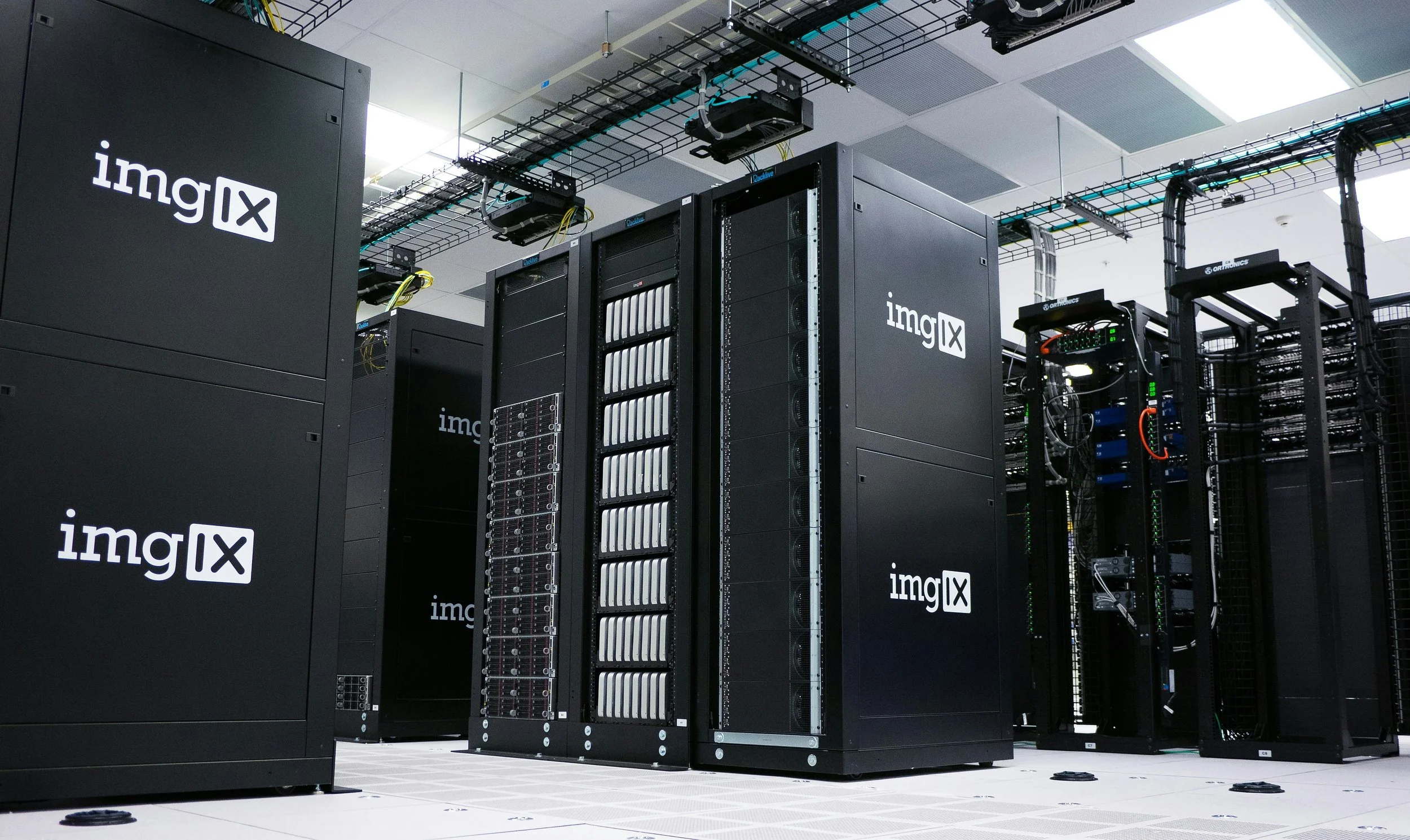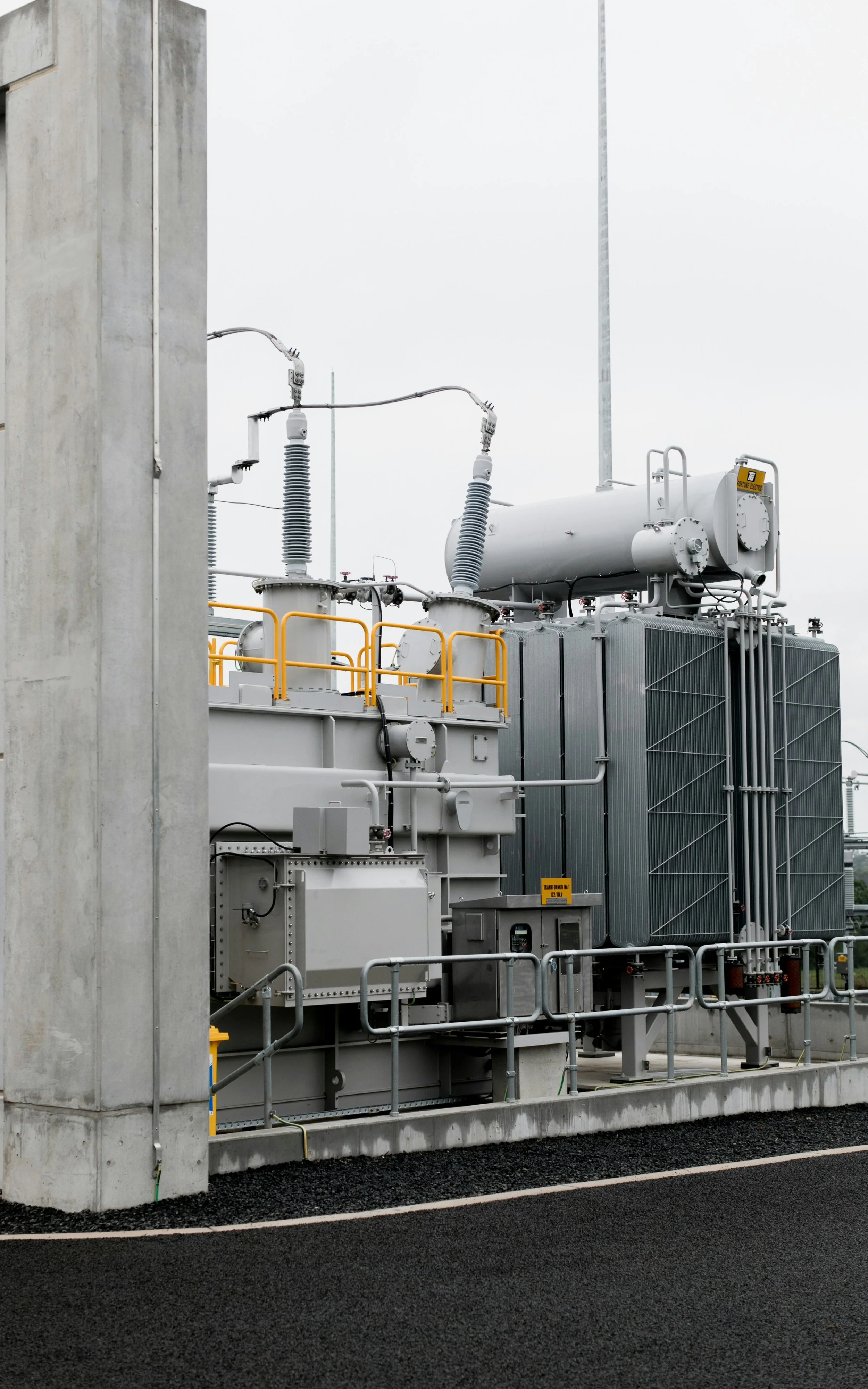
Data Center Utility Requirements and Reliability
This follow-up Science and Technology note dives deeper into data centers. It highlights the electricity and water required to run a data center and explains the size and reliability requirements of data center facilities.
Research Highlights
Data centers use large amounts of electricity and water, but the specific amounts used depends on their size and the type of tasks they are performing.
West Virginia has previously passed legislation to promote data center development.
Data center development in West Virginia has been met with a mix of positive and negative reactions in part due to the concerns over utility use.
Various strategies are available in order to maximize energy and water use efficiency.
Data centers are divided into four tiers based on their redundancy and reliability.
Data centers are needed to provide for the increasing number of online services they power. Data center operation requires electric and water usage and redundancies are often put in place to keep these facilities running in the event that there is a disruption in service. This Science and Technology note discusses the utility requirements of data centers as well as some of the redundancies they may include to provide continuity of services.
Electricity
The amount of energy used by a data center is generally described in terms of power capacity, or the maximum amount of energy it can use. The range of power capacities varies depending on size and application, ranging from 500 kW for a small data center to 100 MW or more for a large facility.
Most power is dedicated to running computer servers, which require differing amounts depending on the tasks they perform. Servers are stored on racks that typically draw around 4-6 kW, however those running tasks such as artificial intelligence (AI) or machine learning can draw over 20 kW each. Due to the large energy requirement, there is strong interest in maximizing efficiency and decreasing strain on the consumer grid. West Virginia allows microgrid construction to power data centers through the passage of SB 4001 and HB 2014.
There are many strategies to maximize energy efficiency. One includes integrating Data Center Infrastructure Management (DCIM) and Building Management System (BMS) software. DCIM software actively monitors all components of the facility (such as temperature and energy usage). BMS software monitors the facility’s environment (including the air conditioning and ventilation systems) to maintain the building at ideal conditions. Integrating DCIM and BMS capabilities thus allows systems to react in real-time to maintain ideal facility conditions and optimize energy expenditure.
Due to the importance of data centers, redundancies are often in place to keep them running in the event of any failure. Data centers are divided into tier levels depending on the amount of redundancies in place and performance metrics based on guidelines by the Uptime Institute. Basic redundancies include an uninterruptible power supply (UPS) system that supplies necessary power until a backup generator turns on. Data centers with more advanced redundancies (N+1 or 2N) allow components to be taken offline without loss in service. An N+1 facility maintains one additional component than is needed at normal operations to account for failure or maintenance requirements. For example, an N+1 facility that normally operates with 2 generators would have 3. A 2N facility is the most advanced—known as a ‘fault tolerant’ facility—it maintains twice as many of all components (power supply, cooling, etc) to allow for maintenance or complete failure of an entire set without interrupting normal operations.
| Tier | Minimum Uptime | Maximum Downtime/Year | Redundancy | Expense | Example |
|---|---|---|---|---|---|
| I | 99.671% | 28.8 hours | None | Least expensive | Small business |
| II | 99.741% | 22 hours | Partially redundant-primarily power and cooling | Expenses increase | Small/medium business |
| III | 99.982% | 1.6 hours | Full component (N+1) | Expenses increase | Large or growing business |
| IV | 99.995% | 26.3 minutes | Full redundancy (2N) | Most expensive | Mission-critical enterprises |
Adapted from Data Center Tiers Classification
Water
In addition to high electricity requirements, data centers use large amounts of water. Although specific volumes of water required depend on the data center’s size and function, daily water requirements typically fall between 20,000 and 5,000,000 gallons. The average data center uses approximately 0.5 gallons/kWh, but extremely large tech companies are sometimes able to reduce their water usage to around 0.05 gallons/kWh, primarily due to economies of scale. AI chatbots are particularly water intensive, with ChatGPT using 1 bottle of water per hundred words generated. The initial training of large language models can take up to 4 million gallons of water. In Loudon County, Virginia, home to the world’s highest concentration of data centers, water consumption increased more than 250% between 2019 and 2023. Data centers in West Virginia would be classified as large water users (more than 300,000 gallons per month), and be required to report their water usage to the West Virginia Department of Environmental Protection each month.
Much of the water a data center uses is directed towards cooling. Evaporative cooling is a frequently-used method of cooling data centers. Hot air is blown over a water-saturated pad. The water evaporates, taking the heat with it and reducing the air temperature. This method results in the loss of nearly 80% of water and is one of the most water-intensive cooling methods. However, there are several strategies that could be implemented to reduce data center water consumption. Air-based or liquid cooling strategies could be implemented, but there is often a tradeoff between water usage and electricity consumption. Cooling using non-potable water, geothermal cooling strategies, or increasing water reclamation could also reduce the water use of data centers. Some companies have implemented programs to decide what type of cooling system and water conservation efforts would be best suited for each data center site.
| Data Center Size | Building Size | Server Count | Power Capacity | Water Consumption | Example Company |
|---|---|---|---|---|---|
| Small | 5,000-20,000 sqft | 50-2,000 | 1-5 MW | 20,000 gallons/day 6.5 million gallons/year |
Equinix |
| Medium | 20,000-100,000 sqft | 2,000-10,000 | 5-20 MW | 550,000 gallons/day 200 million gallons/year |
Digital Realty |
| Large | 100,000+ sqft | 10,000-100,000+ | 20-100+ MW | 5 million gallons/day 1.8 billion gallons/year |
Amazon Web Services |
Adapted from Data Center Water Usage and Data Center Power
This Science and Technology Note was prepared by Nathan G. Burns, PhD, and Madison Flory, PhD, West Virginia Science & Technology Policy Fellows on behalf of the West Virginia Science and Technology Policy (WV STeP) Initiative. The WV STeP Initiative provides nonpartisan research and information to members of the West Virginia Legislature. This Note is intended for informational purposes only and does not indicate support or opposition to a particular bill or policy approach. Please contact info@wvstep.org for more information.

